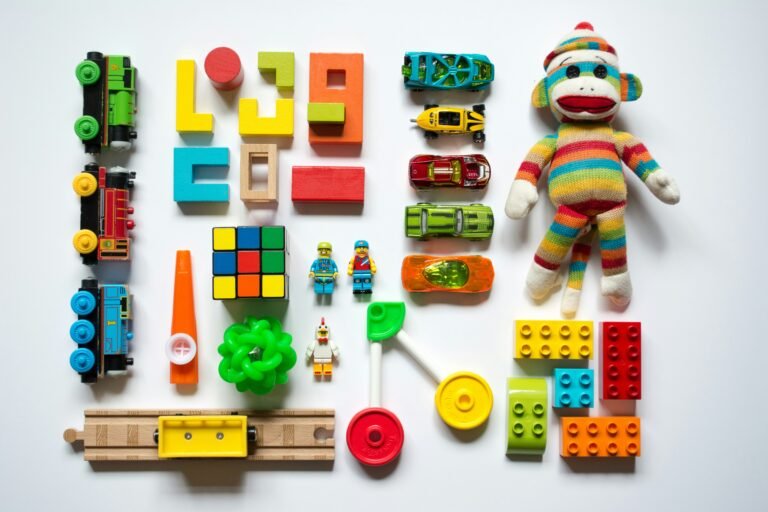Understanding the signs, benefits, and when to take the next step
Applied Behavior Analysis (ABA) therapy is one of the most researched and widely used treatments for children with Autism Spectrum Disorder (ASD). But as a parent or caregiver, it can be difficult to know if ABA is right for your child or when to begin.
What Is ABA Therapy?
ABA (Applied Behavior Analysis) is a therapy based on the science of learning and behavior. It focuses on understanding how behaviors work, how they are affected by the environment, and how learning happens. ABA uses evidence-based techniques to teach skills and reduce behaviors that interfere with learning or daily life.
In simple terms: ABA helps children learn meaningful skills like communication, following routines, social interaction, and managing frustration one step at a time.
Signs Your Child May Benefit from ABA Therapy
Not every child with developmental differences needs ABA, but many benefit from it especially those with challenges in behavior, communication, or daily functioning.
Here are some signs that ABA therapy might help:
1. Communication Challenges
- Delayed speech or non-verbal communication
- Difficulty expressing needs, wants, or emotions
- Limited use of gestures or eye contact
2. Behavioral Concerns
- Frequent tantrums or meltdowns
- Self-injurious behaviors (e.g., head banging, biting)
- Aggression toward self or others
- Difficulty with transitions or changes in routine
3. Social Difficulties
- Limited interest in interacting with others
- Difficulty making or maintaining eye contact
- Lack of pretend play or shared attention
4. Repetitive Behaviors or Rigid Interests
- Engaging in repetitive movements (e.g., hand flapping, spinning)
- Fixation on specific topics, objects, or routines
- Extreme resistance to change
5. Delays in Daily Living Skills
- Struggles with toilet training, dressing, feeding, or sleep routines
- Difficulty following multi-step instructions
What ABA Can Help WithABA therapy is tailored to each child’s individual needs. Some common goals include:
- Increasing communication (verbal or with assistive tools)
- Improving attention, focus, and academic skills
- Teaching self-care and life skills
- Reducing harmful or disruptive behaviors
- Building social and play skills
- Supporting emotional regulation and coping
ABA is not a one-size-fits-all approach it’s customized, structured, and measurable.
Does My Child Need a Diagnosis First?
Not necessarily. While ABA is often recommended for children with an autism diagnosis, many children with related developmental or behavioral challenges may benefit as well.
A formal evaluation from a psychologist or developmental specialist can help determine if ABA is recommended. Some therapy centers also offer in house evaluations as part of the intake process.
When to Talk to a Specialist
If you recognize several of the signs above or feel unsure about your child’s development, it’s a good time to reach out. Early intervention can make a significant difference, especially in the early years (18 months–5 years).
Final Thoughts
Deciding whether your child needs ABA therapy can feel overwhelming but you’re not alone. With the right information, support, and care, you can take confident steps toward helping your child grow, connect, and thrive.
If you’re still unsure, reach out. A conversation can make all the difference.




